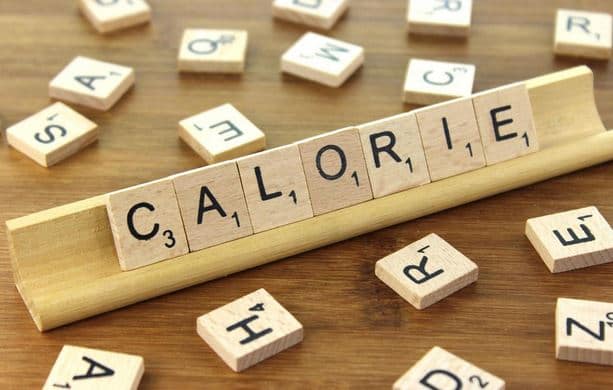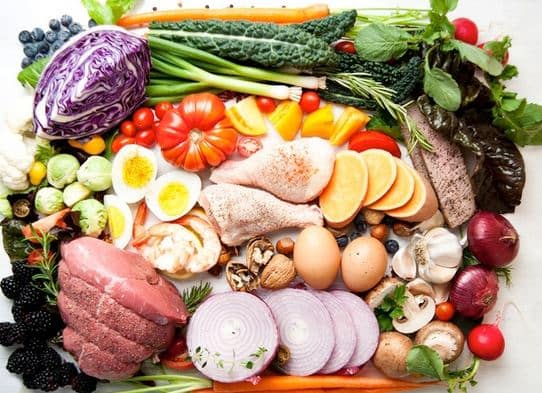Research based benefits of high protein diets
High-protein diets are better for weight loss than simply counting calories during low-calorie diet programs, according to a study from the University of Sydney. Scientists said their research suggests a high protein diet enhances weight loss by suppressing appetite and making you feel full, longer.
The basic premise of calories in and calories out or “move more, eat less” still holds true. But these findings also show that they type of calories consumed are just as important, if not more, than the number of calories. Nutritional ecologist David Raubenheimer said the findings could have important implications for combating obesity, which is a global epidemic.
“We can use this information to help manage and prevent obesity, through ensuring that the diets we eat have a sufficient level of protein to satisfy our appetite,” said Raubenheimer, who led the study. Raubenheimer, a professor at the University of Sydney, also said “it’s not surprising obesity has soared during the past 60 years, as protein has become a smaller part of our diets, and carb intake has soared.”
Raubenheimer and his team found that baboons who consumed a high-protein diet maintained their weight even when they ate more calories. This underscores the weight loss benefits of protein without the need for extreme calorie restriction.
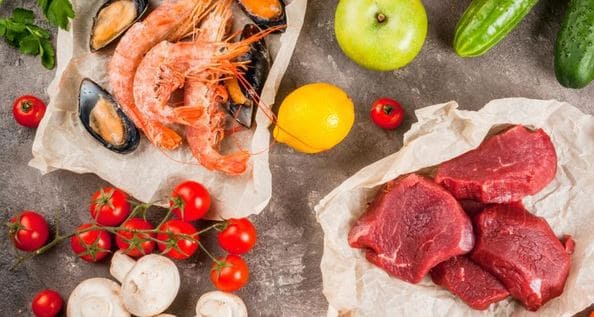
High protein diets build muscle mass
This is what obesity expert Dr. Michael Eades has said for the past 20 years. Dr. Eades, a physician, discussed the weight-loss benefits of high-protein, low-carb diets in his bestseller “Protein Power.” High-Protein Diets Boost Metabolism and Preserve Lean Muscle Mass. The latest study confirms similar research published in the biology journal, FASEB, which monitored 39 adults on a calorie-restricted diet with varying levels of protein.
After 31 days, the group that consumed twice the recommended daily amount of protein lost more weight than the low-protein group while maintaining lean muscle mass. Professor Raubenheimer concluded by saying the best diet is similar to the Paleo diet: One that limits processed junk and focuses on whole foods.
“A simple rule for healthy eating is to avoid processed foods – the closer to real foods the better,” he said. “Our bodies and appetites are not adapted to biscuits, cakes, pizzas and sugary drinks, and we eat too much of them at our peril.”
High Protein Diets Twice as Effective for Melting Belly Fat
Meanwhile popularity of high protein diets is soaring among fitness-conscious celebrities. Notable names include Robin Wright, Megan Fox, and Tim McGraw (who credits a high protein diet for his eye-popping 40-pound weight loss).
The Paleo diet emphasizes high-quality animal proteins, healthy fats, low-starch vegetables and fruits. It also excludes gluten, sugar, dairy, legumes, alcohol and processed foods. Proponents say the Paleo diet promotes weight loss, and prevents diabetes, cancer, heart disease, depression, and even Alzheimer’s.
A study published in the European Journal of Clinical Nutrition indicated the Paleo diet is twice as effective for weight loss by reducing belly fat, and controlling diabetes better than a low-fat diet — which has long been considered the gold standard for diets.
The two-year study tracked 70 overweight, post-menopausal women who were assigned either a low-fat diet or a low-carb (higher-fat, higher-protein) calorie restricted Paleo diet.
Study participants were measured for weight, cholesterol and blood sugars after six months on their respective diets, and again after two years. The results showed the Paleo dieters lost significantly more weight (14 pounds) compared to the low-fat dieters (5.7 pounds).
What’s more, the Paleo dieters lost four inches from their waists after six months, compared to just two inches for the low-fat dieters. In previous studies, the high-protein Paleo diet has routinely beaten low-fat diets at controlling cholesterol and diabetes.
The results are noteworthy because older women — especially those who are post-menopausal — have historically reported having a hard time losing weight, especially from their mid-sections. This is due to slower metabolisms and hormone disruptions as we age.
But scientists say eating more protein and reducing carb intake could be the key to permanent weight loss without hunger or deprivation.
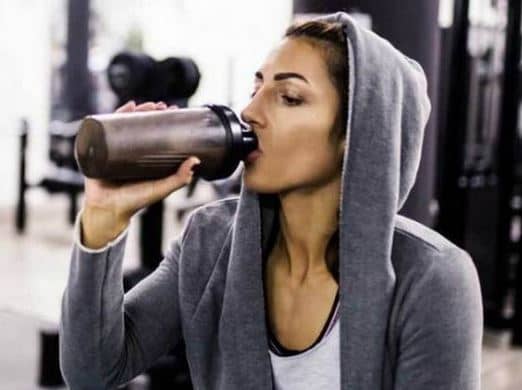
List of popular high protein diet plans
There are a number of different diets that all encourage higher than average protein intake. Depending on the diet protein consumption may range for 20% to over 60% of calories coming from protein sources. Most of these diets are meant to be lifestyle changing plans. However, obese individuals may find benefit in starting a low-calorie diet and exercise plan to provoke a faster fat loss response.
Common Plans
- Atkins Diet– Dr. Robert Atkins burst on to the scene in 2021 with his “Atkins diet plan”. While touted as a high protein diet you will find that it is actually more of a low carbohydrate plan. This plan calls for approximately 27% protein, 5% carbohydrates and 68% fat. Critics worry that the high fat content may lead to coronary disease.
- Zone Diet– Dr. Barry Sears founded this diet plan even earlier than the Atkins plan. Created in the 1990’s this diet is not as strict as others as long as participants maintain certain macro-nutrient ratios. The zone diet plan calls for a ratio of 30% protein, 30% fat and 40% carbohydrates.
- Stillman Diet– One of the higher protein diet plans this diet severely restricts the carbohydrate intake to jump start stored fat burning. The plan calls for 64% protein, 3% carbs and 33% fat.
- Paleo Diet– The paleo diet is also known as the caveman diet because the plan is designed to eating as closely as possible to how cavemen may have eaten. This means the diet is absent of processed foods and sugars are obtained naturally through fruits and vegetables. The macro-nutrient ratio for this diet is 30% protein, 40% fat and 30% carbohydrates.
Traditionally not known as high protein diet plans
- HCG Diet– This first of our nontraditional high protein plans is the much-maligned HCG diet program created by Dr. Simeons in the mid to late 1950’s. While the plan did not specify macro-nutrient percentages, we can figure what they are by looking at the approved foods. For example, an approved meal is a boneless skinless breast (4 ounces), one apple and a cup of spinach cooked. This meal contains roughly 42% protein, 7% fat, 51% carbohydrates. Processed foods are not allowed and products like sugar are not allowed on the plan. Aside from the Stillman diet the HCG plan has the highest protein intake. It also allows for the highest carb intake so long as they are from purely natural sources. Of course, this diet differs than the others as it is not a long-term plan. It requires a month-long low-calorie diet plan combined with some hormone manipulation in the form of HCG injections.
- Keto Diet– The Keto diet is not a traditional “high protein diet”either but the protein intake is not too far from the Atkins plan, which at one time was considered “high protein”. The keto diet is designed to put your body into a fat burning mode instead of a sugar burning mode. This mode is known as ketosis. However, you can get into ketosis in other way which will be discussed in separate articles. The macro percentages of the plan are as follows: 20% protein, 5% carbs ad 75% fats.
Side effects of too much protein
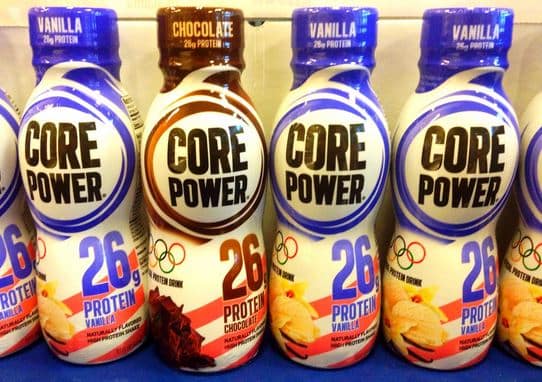
Increasing protein intake is generally well tolerated in healthy people. Exceeding 1 gram of protein per pound of bodyweight for long stretches may cause some complications.
For example, stomach discomfort may become an issue. Some symptoms are constipation, bloating, gas and diarrhea. Sometimes the stomach issues are caused by those who are supplementing their protein intake with dairy products or whey protein. People who are sensitive to dairy may experience some discomfort when consuming these products.
Studies do not link high protein consumption with kidney injury unless the person already has a kidney issue. There are other potential side effects but if you stay within guidelines and are healthy you should have no issues.
Note that certain people can tolerate a higher protein intake outside of the normal guidelines. Athletes or those who participate in rigorous exercise can tolerate quite a bit more daily protein. Those taking hormones for whatever reason can also tolerate higher protein levels. For instance, steroid users or those taking growth hormone or growth hormone peptides have increased protein metabolism. This is part of the reason they grow muscle tissue more quickly or retain more muscle even while restricting calories. Another example are strongman athletes. Not only do they lift an enormous amount of weight but they often have to move that way significant distances. This places a great strain on the muscles and extra protein can be absorbed.
Losing weight on a high protein diet
Research concludes that high protein diets are beneficial for weight loss.
Studies have proven those participating in these diets tend to lose more fat and retain more muscle on the plan. It is important to remember however, that weight loss includes a calorie deficit. Simply switching from low or moderate protein intake to high does not mean the weight will just fall off.


